7 self-seeding flowers that return year after year – they basically plant themselves and you don't have to lift a finger
Get these plants in the ground and you won’t need to sow them again
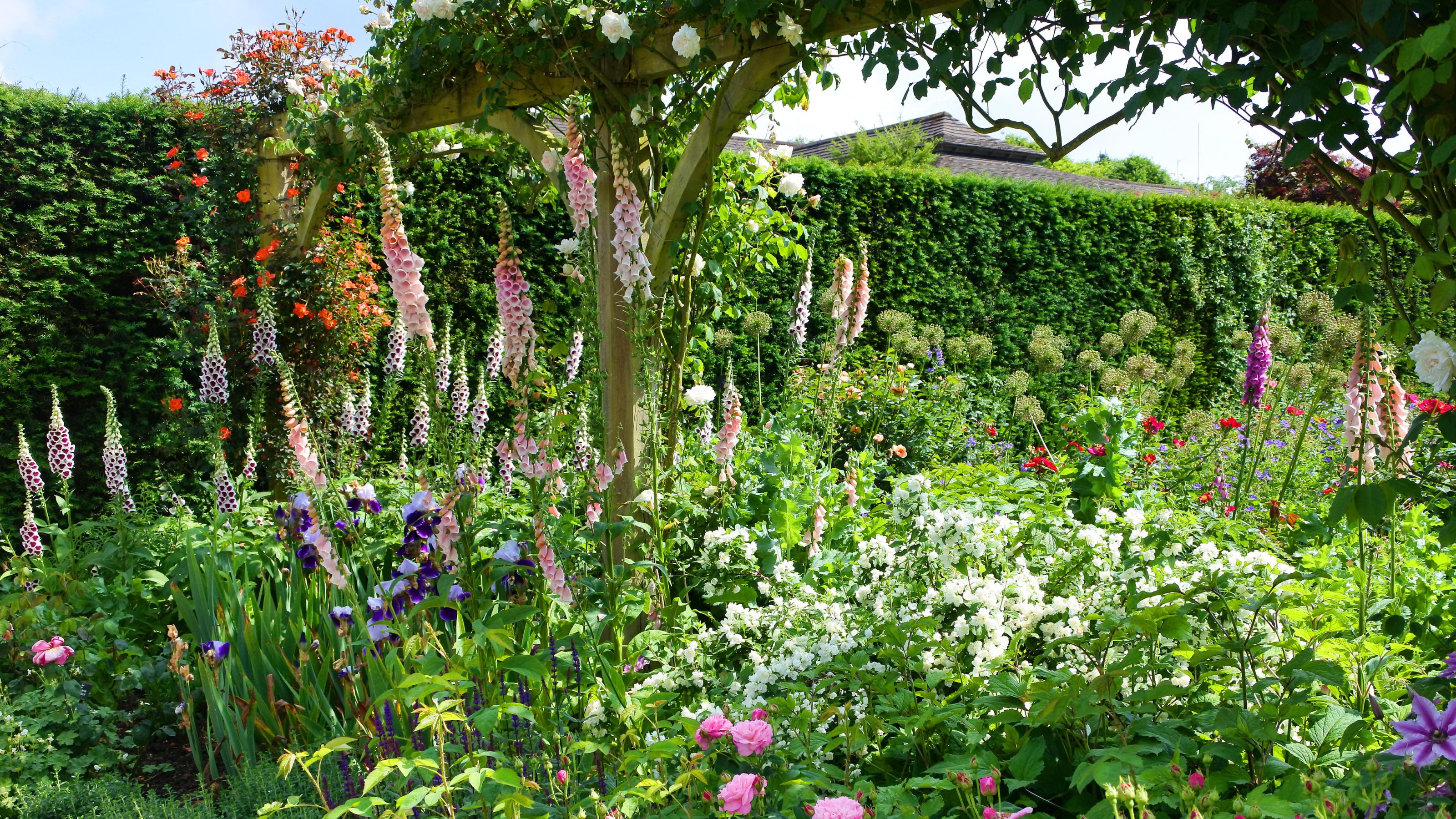
If you’re looking for some hard-working plants in the garden, self-seeding flowers may be just what you’re looking for.
These smart little blooms set seed and re-sow themselves, making for the perfect low-maintenance border plants, meaning you can sit back and enjoy the glorious natural show in beds, garden borders, and even pots. It also means they are a budget-friendly option for those of us looking to save a few pennies but still want a gorgeous outdoor space to enjoy.
Self-seeding flowers are also a tick in the column of sustainable, no-dig gardening – so there’s a lot to love! But what do you need to know? I'm here to help!
My favourite self seeding flowers
Allowing plants to self-seed doesn’t need to mean a chaotic garden, if that isn’t your aesthetic.
Any volunteer plants growing in spots that don’t suit you can often be successfully dug up and moved to your preferred location – this said, a more naturally planted garden can be a fantastic way of keeping on top of pests and encouraging natural predators into your outdoor space, keeping things healthy, happy, and part of a thriving eco-system.
Here are my favourites to get planting in your garden.
1. Pot marigolds
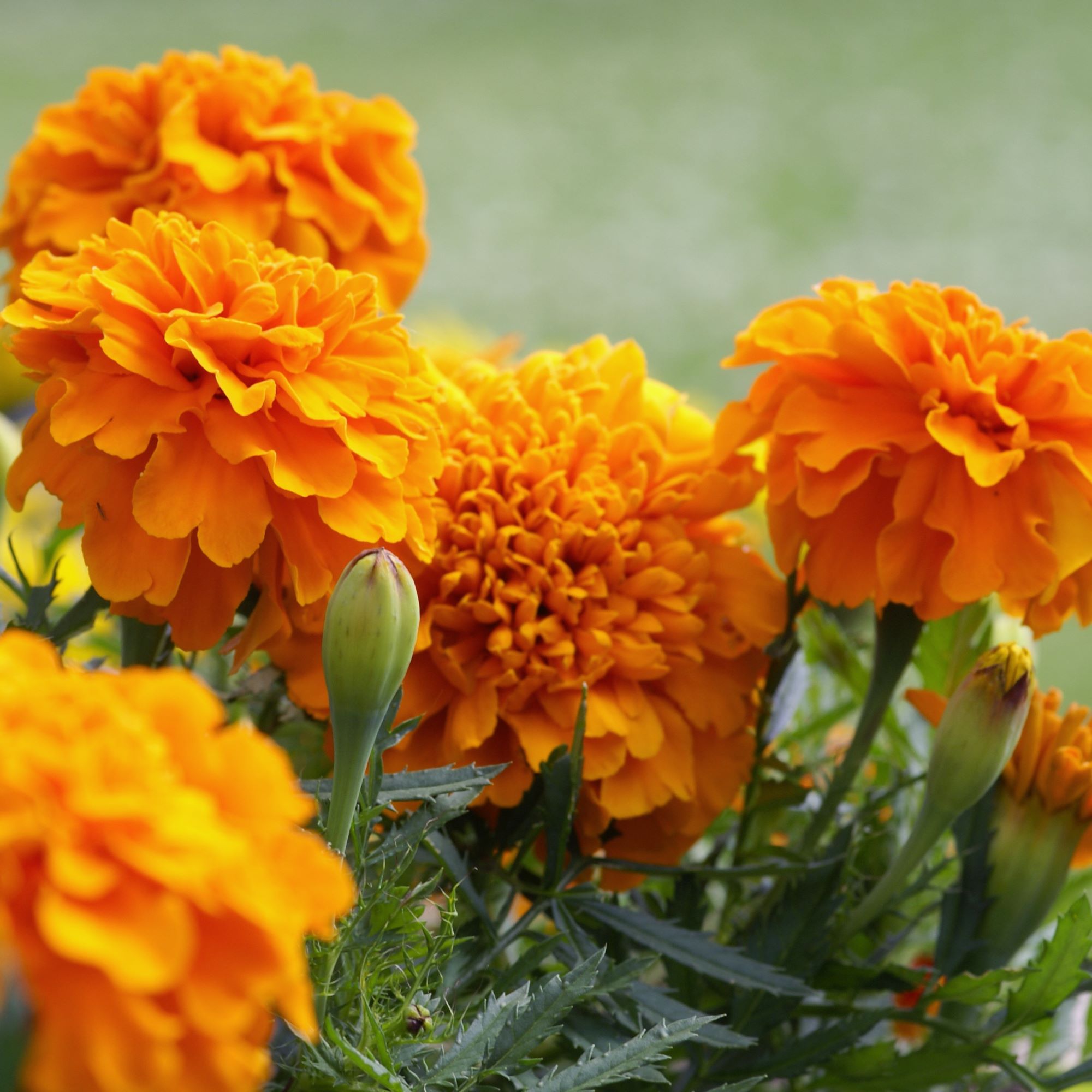
The pot marigold is a real multi-purpose plant, which is super-easy to grow and also helps ward off pests like squirrels.
Sign up to our newsletter for style inspiration, real homes, project and garden advice and shopping know-how
They do well in most types of soil, and enjoy a sunny spot, but don’t ask for much in the way of maintenance to produce glorious, cheerful-looking daisy-like flowers.
They commonly come in bright and fiery oranges, though you can also find varieties in yellows and creams.
Where to buy pot marigolds:
- Thompson & Morgan: try the beautiful and unusual ‘Pink Surprise’ seeds, from £1.
- Sarah Raven: grow a classic ‘Indian Prince’ seeds from £7.50.
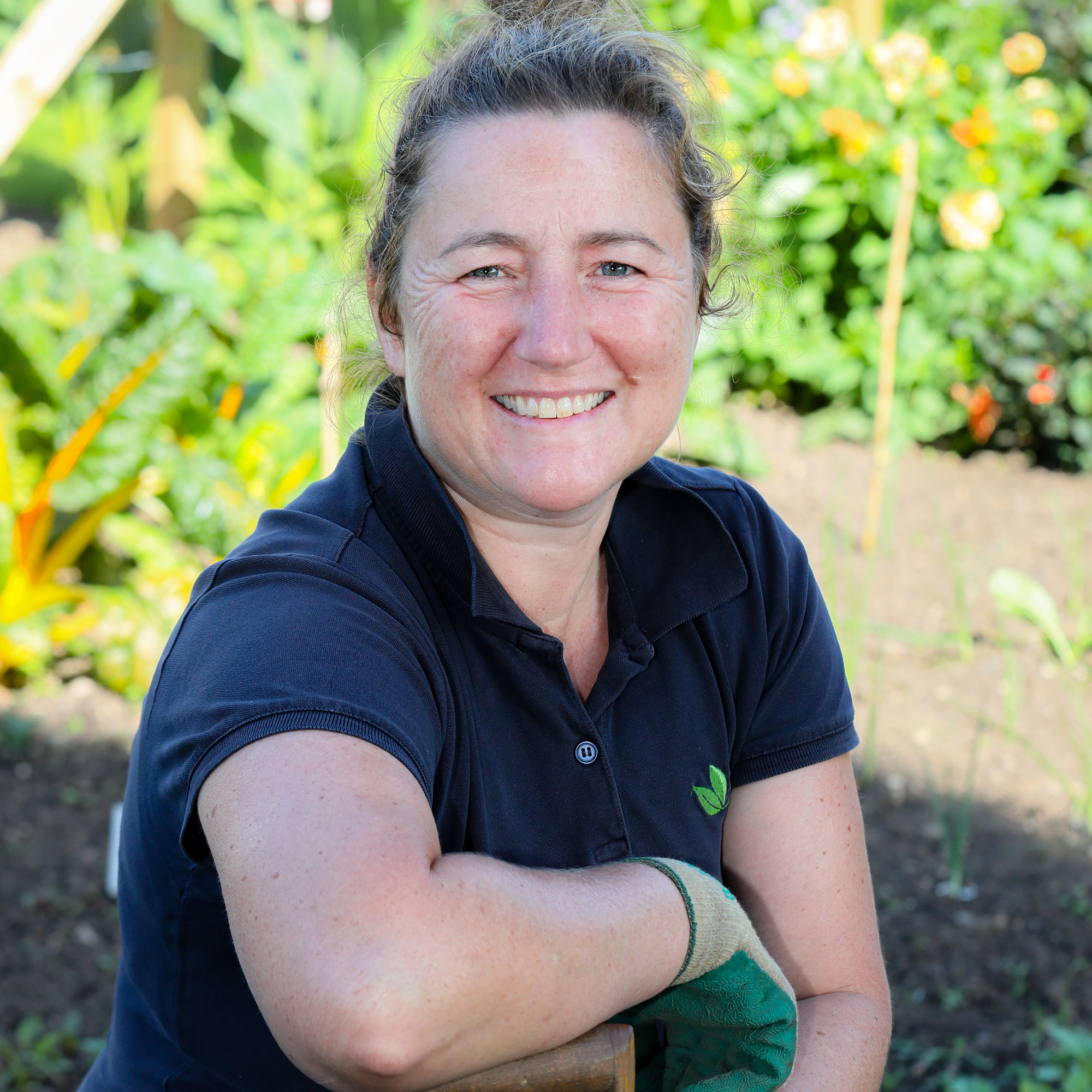
Emma O’Neill is Garden Organic’s head gardener, She first studied horticulture at Pershore College in 2001 and has been gardening professionally since 2003 - working in a variety of different sites from National Trust gardens to a large private estate. She now manages a team of staff and volunteers, writes gardening articles for magazines and creates the occasional show garden. Her passion is herbaceous perennials and all things floral, but she loves to try new things.
2. Borage

As well as looking stunning, borage is also an incredibly useful plant to have in your garden.
The lovely little blue flowers are often used in salads, as garnishes, or frozen into ice cubes for a pretty and fresh addition to summer drinks.
Later in life, the leaves make a fantastic fertiliser when diluted down (1:10) with water. They are also loved by bees! Prolific self-seeders, it is a wise idea to deadhead if you want to keep the spread of this generous plant under control.
Where to buy borage:
- Suttons Seeds: from the child-friendly range ‘Star Flower, £2.49’
- Thompson & Morgan: an easy-grower, the classic borage, £3.29.
3. Poppy
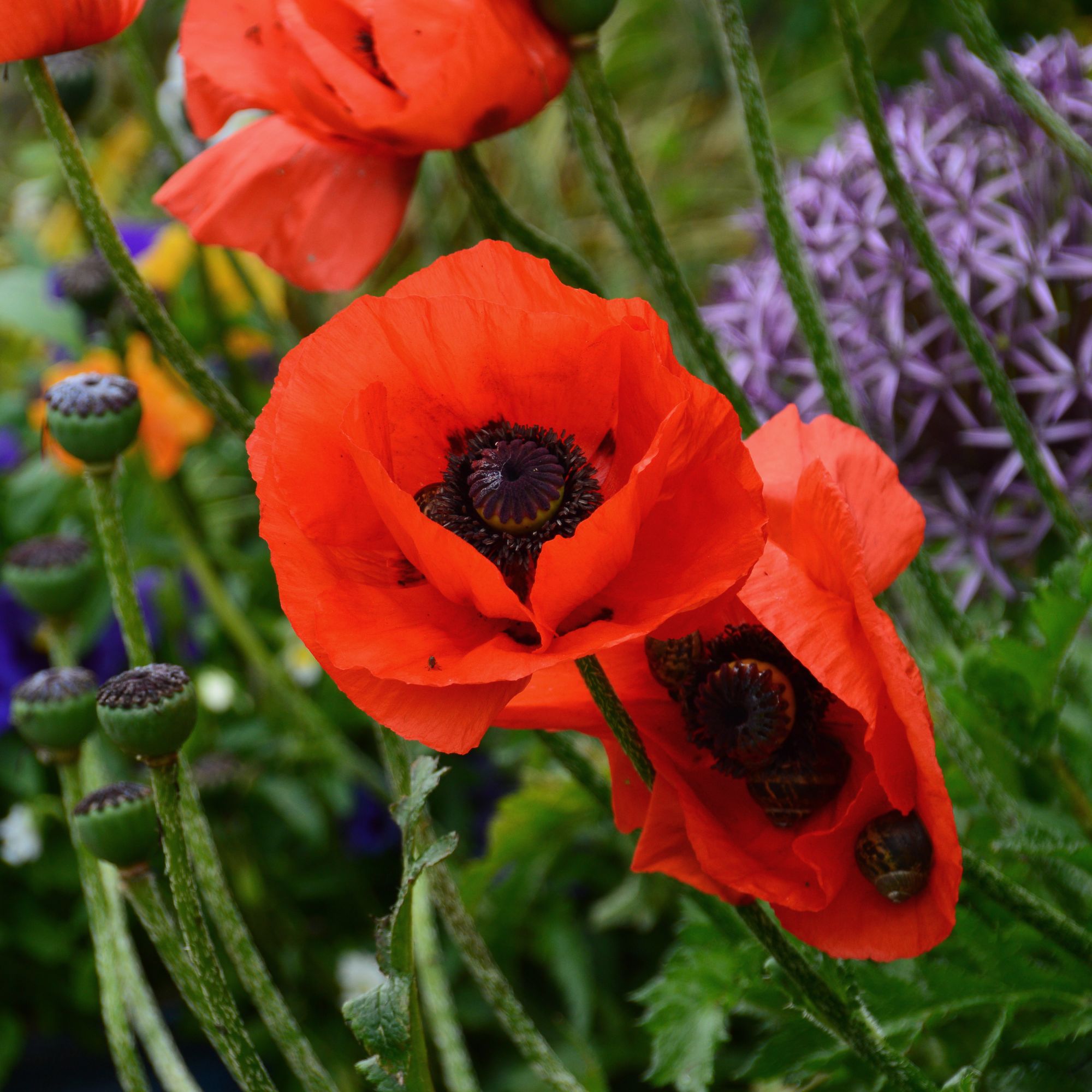
This one will be no surprise to most people – the common poppy pops its cheerful little head up in many places, even between paving slabs and along the side of roads.
The natural seed dispersal means that sow poppies once, and you will likely be enjoying the blooms for many years to come – even if it may not be in the spot you initially chose.
Where to buy poppies:
- Crocus: a much-loved annual, Papaver rhoeas, £2.09 for 2000 seeds.
- Suttons: enjoy as part of an annuals mix, £3.49 for 1000 seeds.
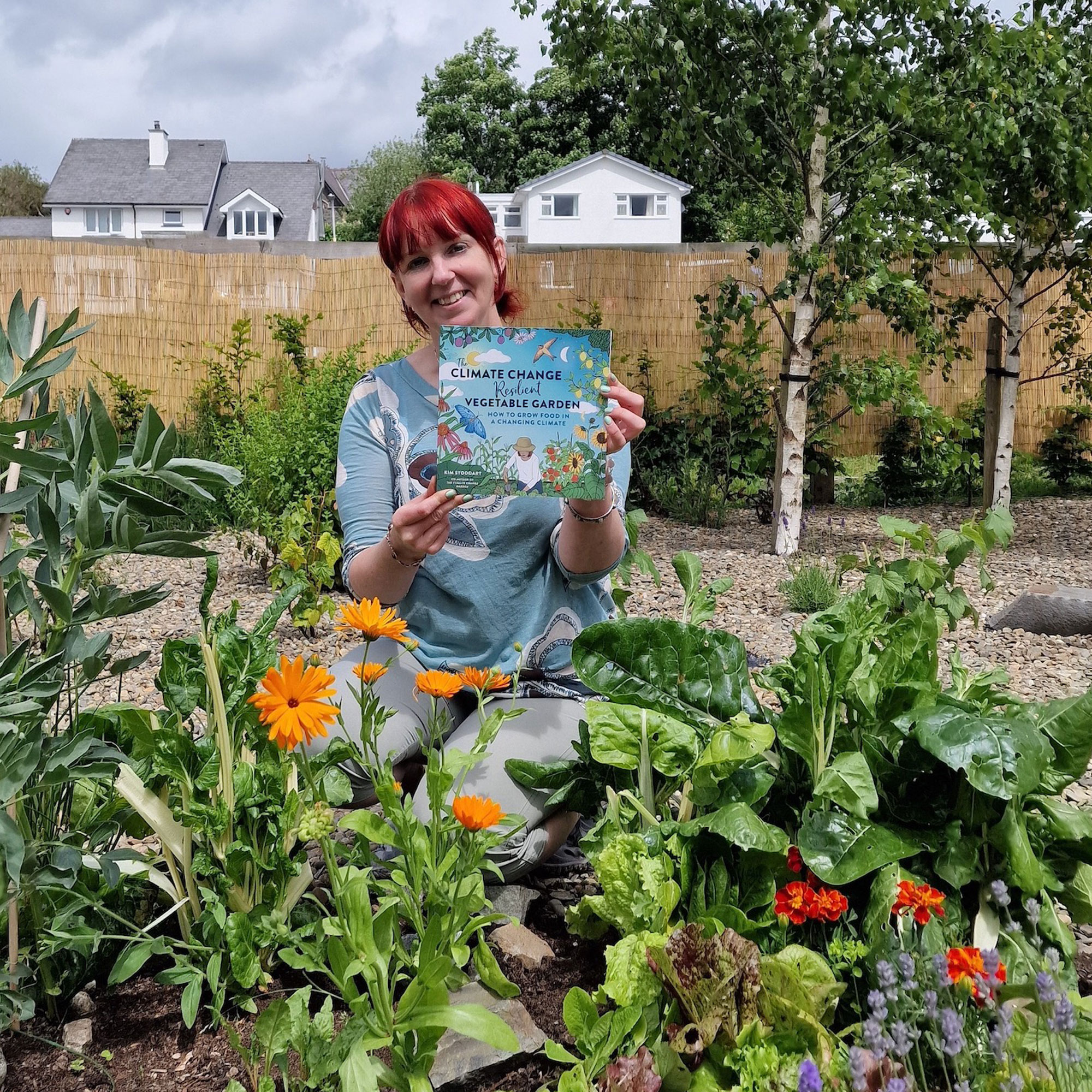
Kim is an award-winning environmental journalist and editor of Amateur Gardening magazine. She is a leading authority on climate change resilient gardening and author of the newly published, The Climate Change Resilient Vegetable Garden.
4. Sea Holly
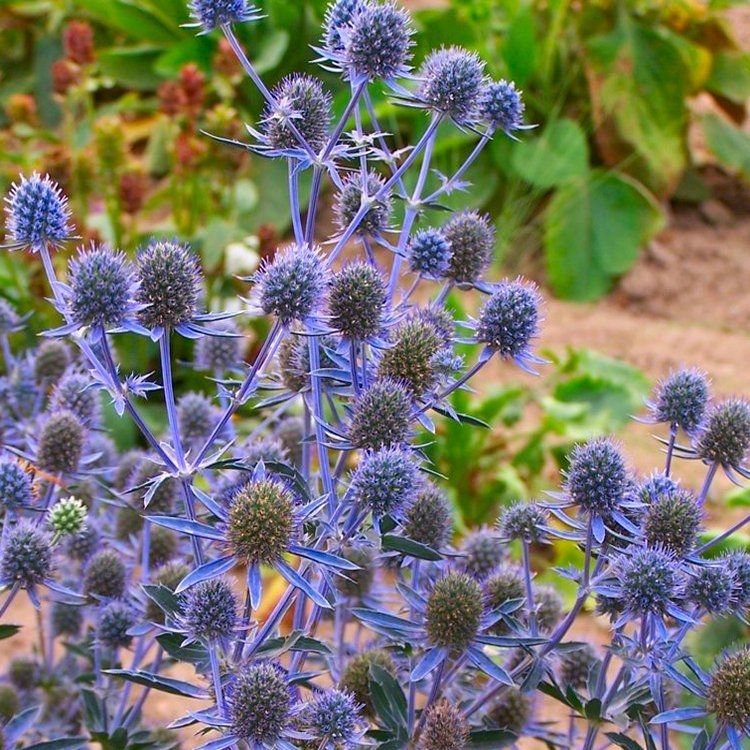
An eye-catching plant, loved by gardeners and pollinators alike, these stunning plants enjoy free-draining soil in a nice sunny spot, and will reward you with gorgeous bluey-purple heads.
They do require a large bed for maximum impact, but are well worth the space investment for the rewards!
Where to buy sea holly:
- Thompson & Morgan: grow the stunning ‘Blue Steel’ from £9.99
- J Parker’s: add an established ‘Blaukappe’, from £9.99
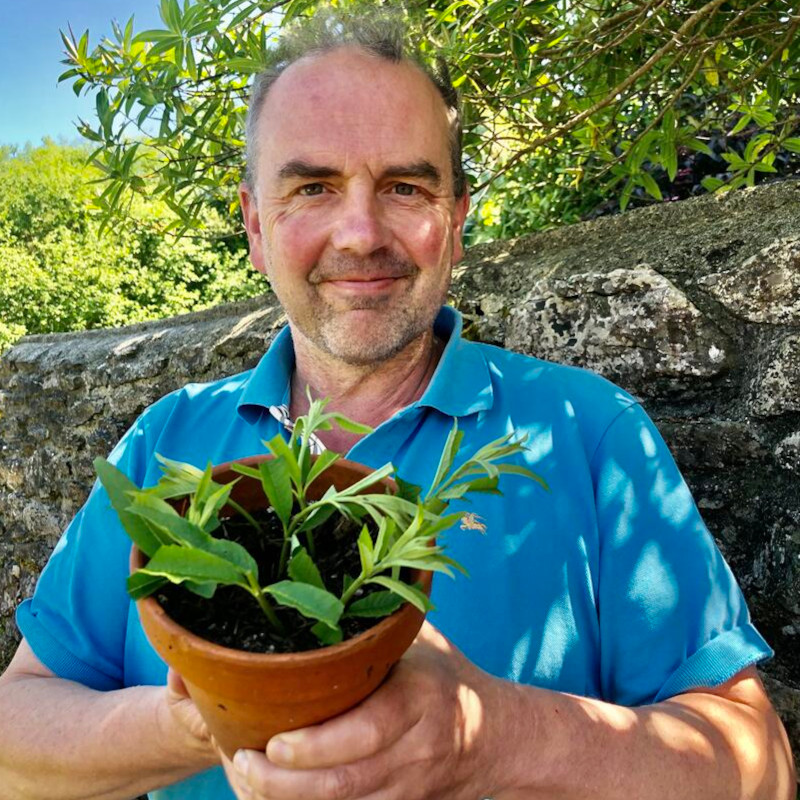
Simon Akeroyd has written more than 30 gardening books. He has a Tiktok account where he demonstrates how to grow food in a small garden, which can be found at tiktok.com/@simonakeroydgardener
5. Forget-me-nots
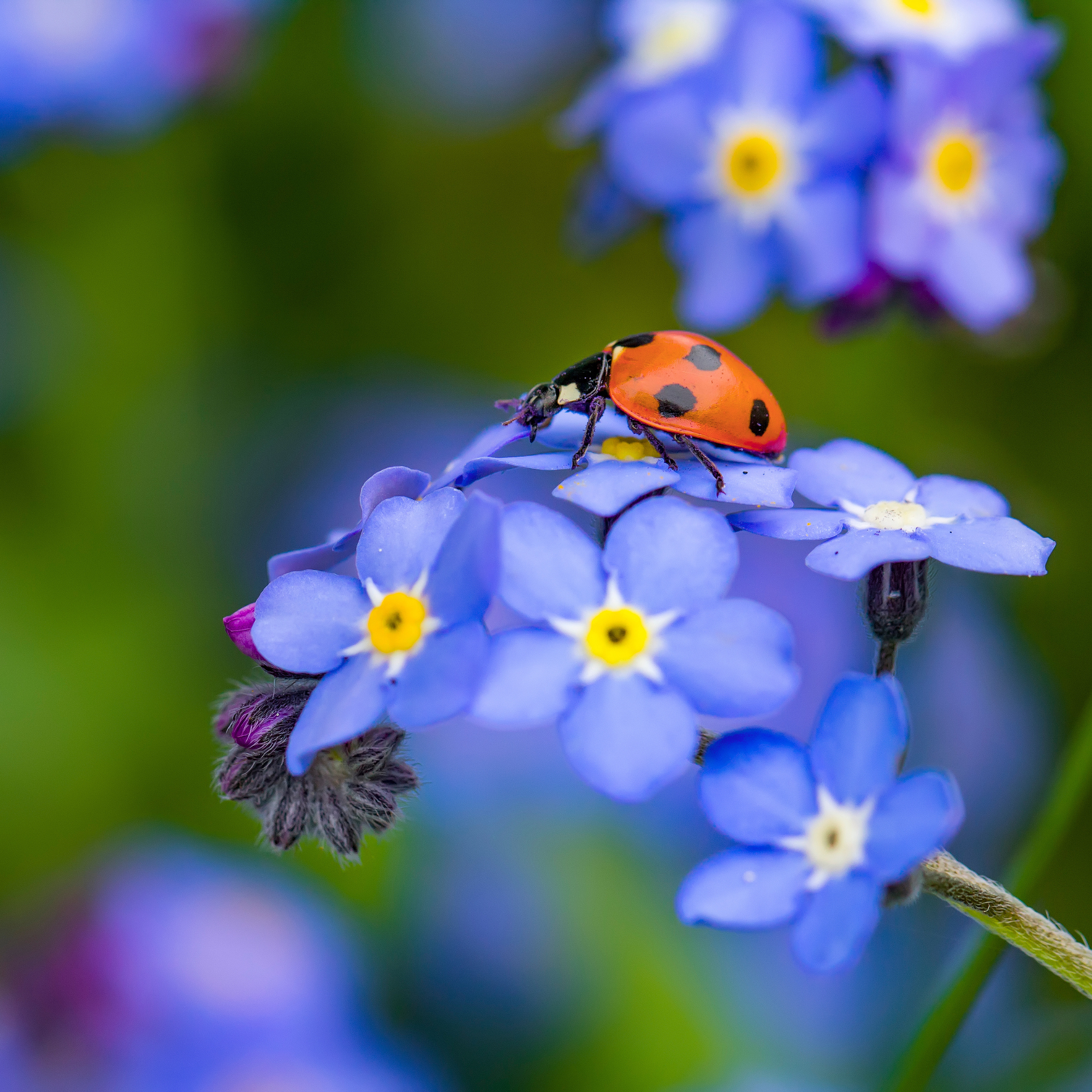
Once you have introduced these pretty little blue flowers to your garden, you will likely see them popping up everywhere – which is no great hardship.
They look beautiful amongst plenty of other flowers, and are easy to maintain (and remove, if they happen to be in a spot you don’t want them in!) They are another type which are fantastic for bees and butterflies, and can be cultivated in almost any spot – including container gardens.
Where to buy forget-me-nots:
- Thompson & Morgan: grow the early-flowering ‘Royal Blue Improved’, £3.29
- Homebase: try the deep-coloured ‘Indigo’, from 49p
6. Common columbine
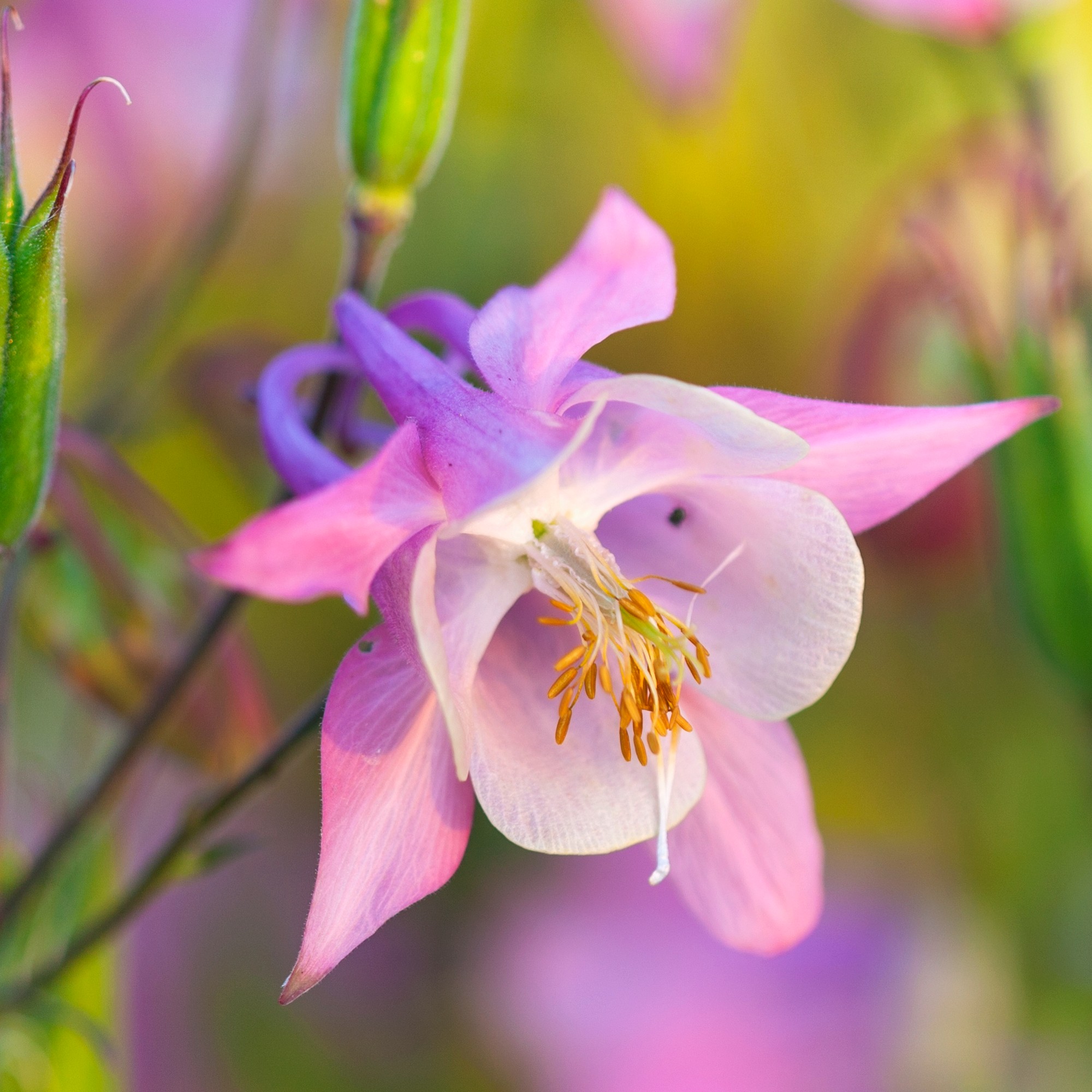
The purple bonnet-like flowers of this herbaceous perennial make a show-stopping addition to many different garden spaces.
The long-flowering aquilegia enjoys fertile, free-draining soil, and can tolerate both sun and shade.
It is a generous self-seeder, so it may need some management if you don’t want them popping up all over the place.
Where to buy common columbine:
- Crocus: start from seed for these charming flowers, from £2.25 for 25 seeds.
- Suttons Seeds: for speedy results, plant established plants, from £9.99.
7. Foxgloves
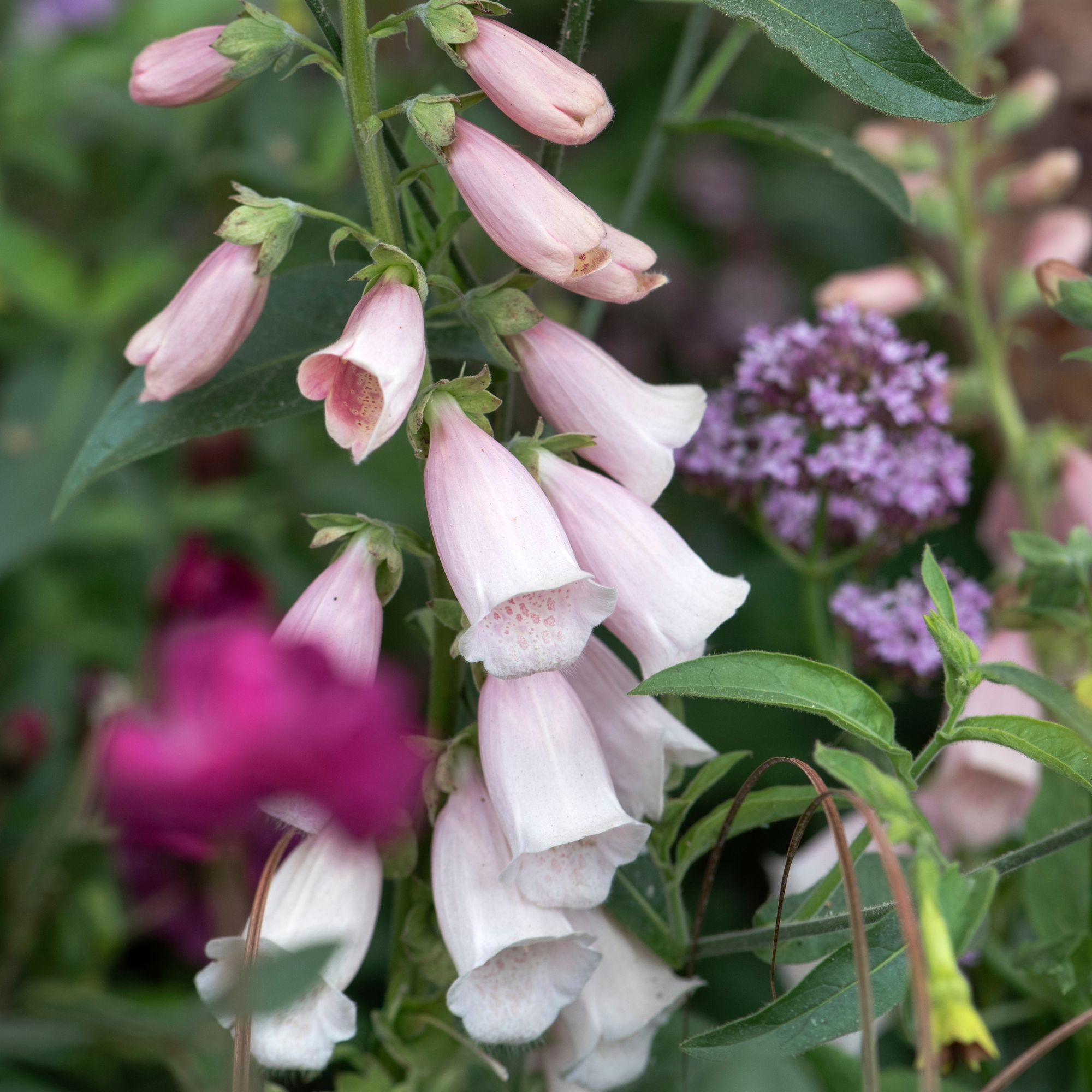
A really popular flower, and it is easy to see why! The bell-like blooms of foxgloves have a certain romance to them – bringing cosy cottage gardens from childhood stories to mind.
In the self-seeding family, they are fantastic, as volunteer plants are easy to dig up and transplant, giving you (and family and friends!) plenty of beautiful plants for free.
Where to buy foxgloves:
- Thompson & Morgan: gorgeous pink and white blooms ‘Foxy’, £3.99 for 1500 seeds.
- Suttons Seeds: beautiful and pollinator-friendly ‘Wild Foxglove’, £2.49 for 2900 seeds.
FAQs
How do plants seed themselves?
Emma O’Neill from Garden Organic explains, 'Once a plant has finished flowering and has been pollinated, it will start to produce seeds. Those plants that self-seed will form seeds in various ways, for example, pods or capsules, which will either drop to the ground or be dispersed via animals, wind or water. The seed then settles on the soil – hopefully in suitable conditions – and begins to germinate. These seeds often rely on a period of seasonal change (like a cold snap) to trigger growth.'
'Self-seeding flowers are a bonus for the gardener as you're getting free plants, adapted to your garden and conditions. If the mother plant is growing well, it stands to reason that so will its seedlings. It's a great low-maintenance way to get new plants, requiring no intervention from you in terms of propagation or cultivation – making it cost-effective and sustainable. Aesthetically, it provides a more natural planting effect and aids biodiversity by providing new plants for pollinators each season.'
Will annuals self-seed?
Gardening author, Simon Akeroyd explains, 'Sowing hardy annuals in the garden is often a quick, spontaneous way of creating colour in the borders as well as filling empty spaces that might otherwise be left for weeds to grow in.'
'However, some are more generous with their self-seeding abilities and proliferation than others. My favourite two self-seeding annuals are nigella and borage, although do also be prepared for the fact that not only will they self-seed everywhere – possibly even in places you don’t want them – but there is a good chance that once you have them in the garden, it will be tricky to ever get rid of them if you change your mind.'
How do I get seeds from a flower?
'Home-saving seed from flowers is such a rewarding and relatively easy thing to do. Although every plant is different, there are some general tips to help you collect lots of lovely free seed,' says garden journalist and author, Kim Stoddart, who shares her tips below:
- A seed is formed after flowers have finished dazzling us with their colourful, petal-laden show. Wait until the seed has fully formed, and better still, dried on the former flower head/plant. You have to get up close to look and see, and sometimes figure out where the seed might be. For example, with sweet peas, it will be seed pods that form from the foliage, whereas with calendula, the curious-shaped seed is created from the flower head. Some seeds are tiny, others are much more visible, so do get up close and look and see what you can find.
- Once you've harvested your seed, it's best to ensure it is fully dry before storing, especially with larger seed, so simply leave the seed clumps on a tray somewhere dry, but not too hot, so the moisture can be removed.
- To save your seed safely, paper envelopes are your best bet. Do ensure you are saving just the seed and not any insects that might have crept in. Then keep your precious parcels out of direct sunlight and heat, ready to provide you with the promise of more beautiful blooms for the following year.
As you can see, the world of self-seeding (and seed saving!) is an exciting one for the home grower, and you can get as involved, or be as hands-off as you like – but the one thing you can guarantee is a beautiful, floral future!
Laura Hillier is an editor and content writer with more than 10 years of experience in horticulture and women's lifestyle journalism. Passionate about sustainability and the wellbeing benefits of being in the outside world, Laura is keen to inspire everyone to grab a little slice of the good life.